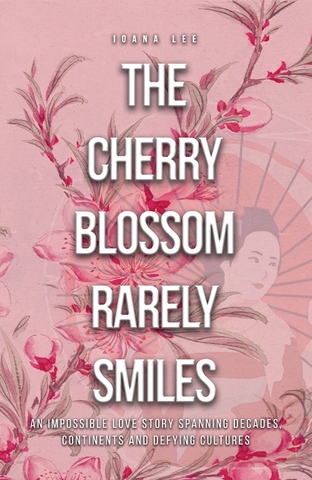The trick to a prize-winning cake is simple but hard to achieve.
Glenda Crawford, the chief steward of the cookery competition at the Perth Royal Show, says overcooking or undercooking – and sometimes both at the same time – are the most common mistakes she sees.
“The first thing you do as a judge, you look at it for overall appearance, whether it’s sunk in the middle,” she said.
Too hot, too fast
Cakes should also have a smooth, flat top and not be too high or cracked in the centre, and be evenly cooked through, not burnt at the surface or raw inside.
ABC Radio Perth: Mandina Oh
)Ms Crawford said many problems with cakes could be attributed to them being baked too quickly, in too hot an oven.
While most recipes suggest a temperature of around 180 degrees Celsius, she suggests baking at between 140C and 150C, and leaving the cake in the oven for longer.
“We don’t say you’ve got to bake this cake for 60 minutes — we say just bake it until the skewer comes out clean.
“And we always use wooden skewers.
“If you use a metal skewer sometimes, especially close to the end, crumbs slide off, and you might think your cake is baked when it actually isn’t.”
Avoiding the cake volcano top
Ms Crawford said the reason cakes cooked unevenly was due to the metal cake tin, which heated the sides first. When baked at 180C this could lead to a cake that was both burnt and undercooked.
“What you’re going to end up with is a volcano, because the outsides cook really quickly, and then the inside, they’ve got nowhere to go, so they come up and out,” she said.
“People see the outside browning and they go ‘I’m burning my cake’ and so they pull it out, and it’s a bit undercooked.”
Flickr: PenLlawen and PreteMoiParis
)As well as baking at a lower temperature, another tip is to use silicone cake tins instead of metal to avoid heating the outside of the cake unevenly.
Ms Crawford’s next trick involves a trip to the hardware store for a clean nail or thick metal rod.
“You sterilise the nail and just before you put it in the oven, you put it into the centre of the cake, vertically,” she said.
“People will often call it a baking core.”
Tasting cakes until ‘palate exhaustion’ hits
Ms Crawford is a professional cake decorator and began judging at the Perth Royal Show six years ago, after years of entering competitions herself.
Due to COVID-19, the show was cancelled last year for the first time since World War II.
She said based on the number of entries this year she believed the pandemic had fuelled a renewed interest in home baking.
ABC Radio Perth: Emma Wynne
)“Just in the cookery section, we had 360 entries and in decorated cakes we had 50,” she said.
“We had a section this year called ‘My favourite COVID lockdown cake’ and banana bread and carrot cake really were popular entries for that.”
The 16 judges each taste about 40 cakes each, after which their palates simply become exhausted.
While many are of a high standard, there are always a few that judges know, just by looking at them, won’t taste good.
“But you have to unless you think it’s not food safe,” she said.
Enter what you love
For people inspired to see how their home baking compares with the best, Ms Crawford suggests entering the things you love to make.
“If you make a really mean caramel slice then enter the caramel slice.
“Or can you enter the my favourite cake section so you can pick any cake that you want.”
But she warns there are some cake categories first-timers should avoid.
“What you don’t enter first time out is fruit cake, or chocolate cake, because you get the seasoned competitors entering those sections.”
Note: This article have been indexed to our site. We do not claim ownership or copyright of any of the content above. To see the article at original source Click Here












